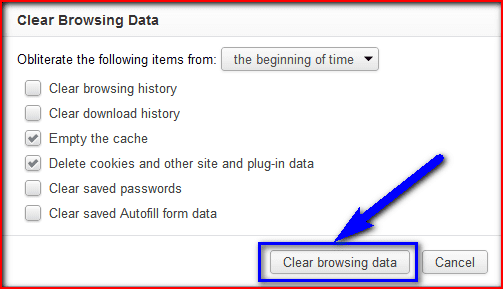Introduction to Error 413
In the vast realm of internet browsing, encountering errors is inevitable. One such error that Chrome users may stumble upon is Error 413. Understanding what this error signifies and how to address it is crucial for maintaining a seamless browsing experience.
Understanding HTTP Status Codes
Before delving into the specifics of Error 413, it's essential to grasp the basics of HTTP status codes. These codes serve as communication between a web server and a browser, indicating the success or failure of a request.
Exploring Error 413
Error 413, also known as "Request Entity Too Large," occurs when a web server rejects a request due to its size exceeding the server's limit. This can happen when attempting to upload or submit data that surpasses the server's configured maximum size.
Causes of Error 413
Several factors can trigger Error 413. One primary cause is oversized requests, where the data being transmitted exceeds the server's capacity. Additionally, misconfigured server settings can lead to this error.
Impact of Error 413
Encountering Error 413 can disrupt the user experience, causing frustration and abandonment of the website. Moreover, frequent occurrences of this error can negatively impact a website's search engine optimization (SEO) efforts.
How to Diagnose Error 413
Diagnosing Error 413 involves examining server logs to identify rejected requests and analyzing request headers to pinpoint the source of the oversized data.
Fixing Error 413
Addressing Error 413 requires increasing the server's request size limits and optimizing website content to reduce the size of data being transmitted.
Preventing Error 413 in the Future
Implementing file compression techniques and setting appropriate request size limits can help prevent Error 413 from occurring again.
Best Practices for Handling HTTP Errors
Effective error management is crucial for maintaining a positive user experience. Implementing user-friendly error messages and promptly addressing errors contribute to a seamless browsing experience.
Case Studies
Real-world examples illustrate how websites have tackled Error 413, highlighting the solutions implemented to overcome this issue.
User-Friendly Error Messages
Crafting informative and user-friendly error messages helps users understand the issue and navigate the troubleshooting process more efficiently.
SEO Considerations
The impact of HTTP errors on a website's SEO performance underscores the importance of addressing Error 413 promptly and implementing strategies to mitigate its effects.
Conclusion
In conclusion, Error 413 can disrupt browsing experiences and hinder SEO efforts if left unresolved. Understanding the causes, diagnosing the issue, and implementing preventive measures are essential steps in effectively managing this error.
FAQs
What does Error 413 mean?
Error 413, or "Request Entity Too Large," occurs when a server rejects a request due to the transmitted data exceeding its size limit.
How can I fix Error 413 in Chrome?
To fix Error 413, you can increase the server's request size limits and optimize website content to reduce data size.
Are there any tools to diagnose Error 413?
Yes, you can diagnose Error 413 by checking server logs and analyzing request headers to identify the source of oversized requests.
Can Error 413 affect my website's ranking?
Yes, frequent occurrences of Error 413 can negatively impact your website's SEO efforts and ranking on search engine results pages.
What should I do if I encounter Error 413 frequently?
If you encounter Error 413 frequently, consider optimizing your website's content, implementing file compression techniques, and consulting with your hosting provider to adjust server settings.


Comments
Post a Comment